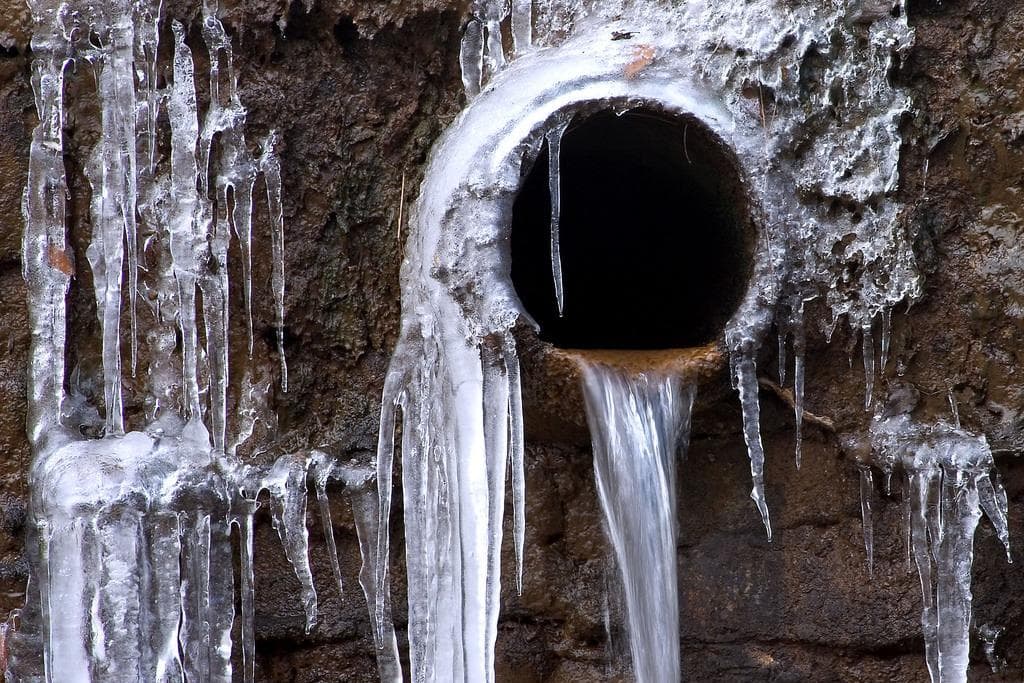Protect Against Frozen Pipes in Cold Weather: Professional Tips
Protect Against Frozen Pipes in Cold Weather: Professional Tips
Blog Article
What are your concepts on How to Prevent Your Pipes From Freezing?

Cold weather can wreak havoc on your plumbing, especially by freezing pipes. Here's how to prevent it from occurring and what to do if it does.
Intro
As temperatures drop, the threat of icy pipes rises, potentially resulting in pricey fixings and water damages. Understanding exactly how to avoid icy pipes is vital for house owners in chilly environments.
Understanding Frozen Pipes
What triggers pipelines to ice up?
Pipes freeze when exposed to temperature levels below 32 ° F (0 ° C) for prolonged durations. As water inside the pipelines freezes, it expands, taxing the pipe walls and potentially causing them to break.
Threats and damages
Frozen pipelines can lead to water interruptions, building damage, and costly repairs. Burst pipelines can flood homes and cause substantial architectural damages.
Indicators of Frozen Pipeline
Identifying icy pipes early can avoid them from rupturing.
Exactly how to recognize icy pipelines
Seek reduced water circulation from faucets, uncommon odors or noises from pipelines, and noticeable frost on revealed pipes.
Avoidance Tips
Insulating prone pipelines
Wrap pipelines in insulation sleeves or use warm tape to shield them from freezing temperature levels. Focus on pipelines in unheated or outside areas of the home.
Home heating techniques
Keep indoor spaces properly warmed, particularly areas with pipes. Open cupboard doors to permit warm air to distribute around pipelines under sinks.
Safeguarding Outside Plumbing
Garden pipes and outside faucets
Disconnect and drain yard tubes prior to winter season. Mount frost-proof spigots or cover outside faucets with protected caps.
What to Do If Your Pipelines Freeze
Immediate activities to take
If you presume icy pipelines, maintain taps open to ease pressure as the ice thaws. Utilize a hairdryer or towels soaked in warm water to thaw pipes gradually.
Long-Term Solutions
Structural adjustments
Take into consideration rerouting pipes far from exterior walls or unheated locations. Add added insulation to attics, cellars, and crawl spaces.
Updating insulation
Purchase high-quality insulation for pipes, attic rooms, and walls. Proper insulation assists keep consistent temperatures and lowers the risk of frozen pipelines.
Conclusion
Stopping frozen pipes needs positive actions and fast responses. By comprehending the causes, indicators, and safety nets, property owners can safeguard their plumbing during cold weather.
6 Proven Ways to Prevent Frozen Pipes and Protect Your Home
Disconnect and Drain Garden Hoses
Before winter arrives, start by disconnecting your garden hoses and draining any remaining water. Close the shut-off valves that supply outdoor hose bibs and leave the outdoor faucet open to allow any residual water to drain. For extra protection, consider using faucet covers throughout the colder months. It’s also important to drain water from any sprinkler supply lines following the manufacturer’s directions.
Insulate Exposed Pipes
Insulating your pipes is an effective way to prevent freezing. Pipe insulation is readily available at home improvement stores and is relatively inexpensive. Pay close attention to pipes in unheated areas such as the attic, basement, crawl spaces, or garage. Apply foam insulation generously to create a buffer against the cold. You can also wrap your pipes in heat tape or thermostat-controlled heat cables for added warmth.
Seal Air Leaks
Inspect your home for any cracks or openings that could let in cold air. Seal any holes around the piping in interior or exterior walls, as well as the sill plates where your home rests on its foundation. Additionally, make sure to keep your garage door closed unless you’re entering or exiting. Leaving it open creates a significant air leak that can lead to frozen pipes.
Allow Warm Air Circulation
During cold snaps, it’s essential to allow warm air to circulate evenly throughout your home. Leave interior doors ajar to promote better airflow. Open kitchen and bathroom cabinets to help distribute heat consistently around the rooms. If you have small children or pets, be sure to remove any household chemicals or potentially harmful cleaners from open cabinets for safety.
Let Faucets Drip
A small trickle of water can make a big difference in preventing ice formation inside your pipes. When temperatures drop significantly, start a drip of water from all faucets served by exposed pipes. This continuous flow helps prevent the water from freezing. Additionally, running a few faucets slightly can relieve pressure inside the pipes, reducing the chances of a rupture if the water inside does freeze.
https://choateshvac.com/6-proven-ways-to-prevent-frozen-pipes-and-protect-your-home/

I ran across that page about 6 Ways to Prevent Frozen Pipes while doing research the search engines. You should take a moment to promote this content if you enjoyed reading it. We value reading our article about How to prepare your home plumbing for winter weather.
Apply Now Report this page